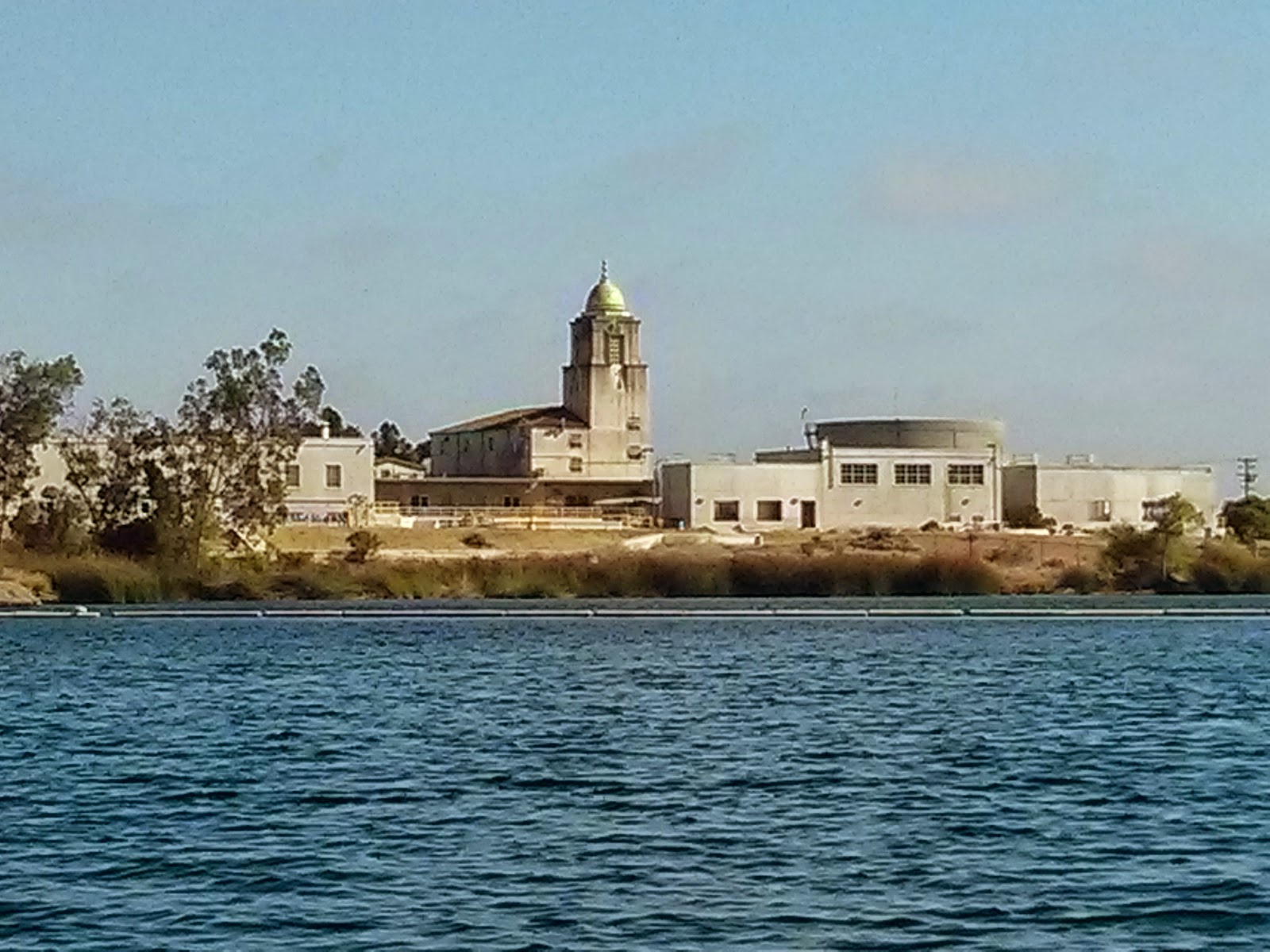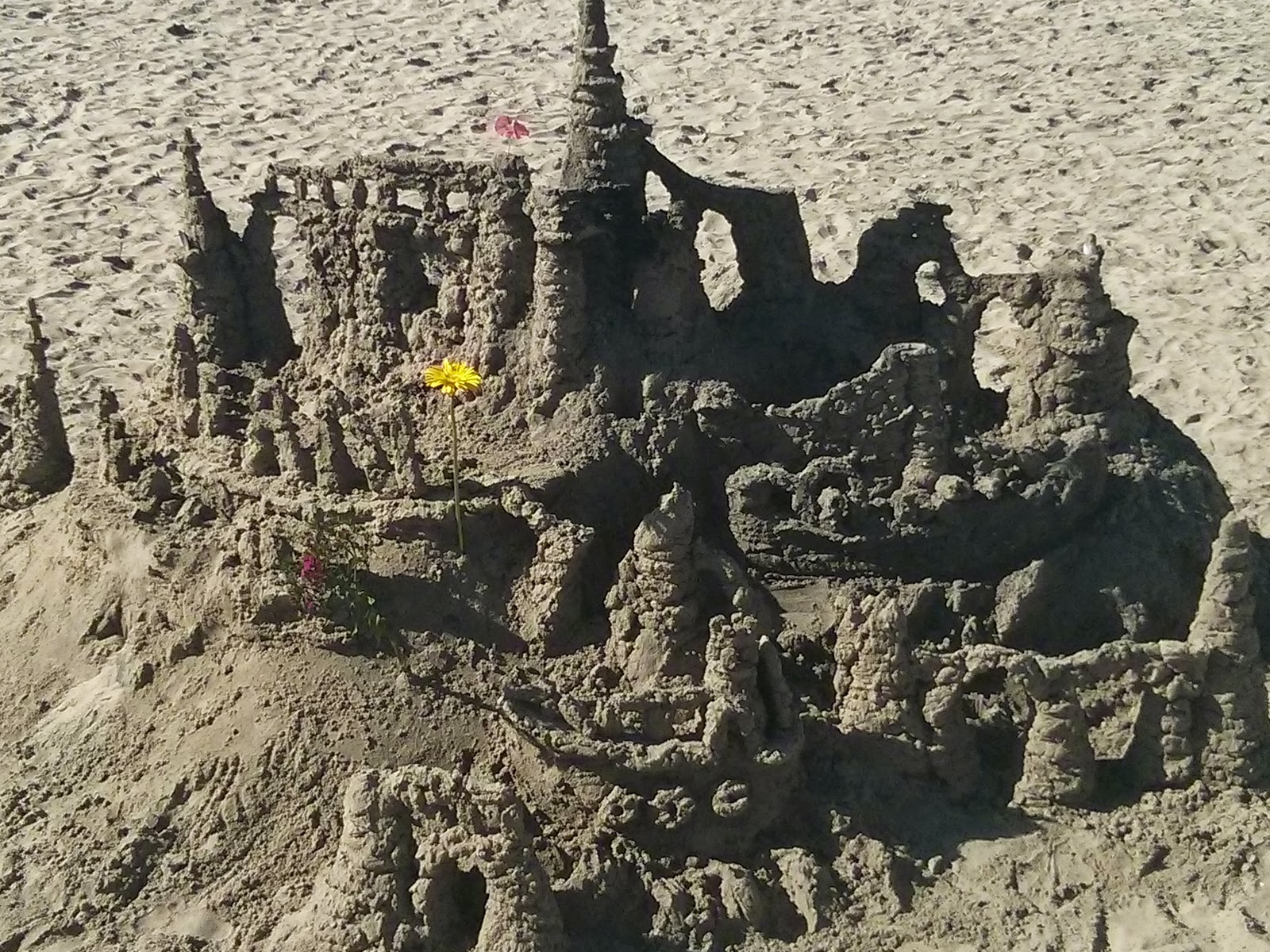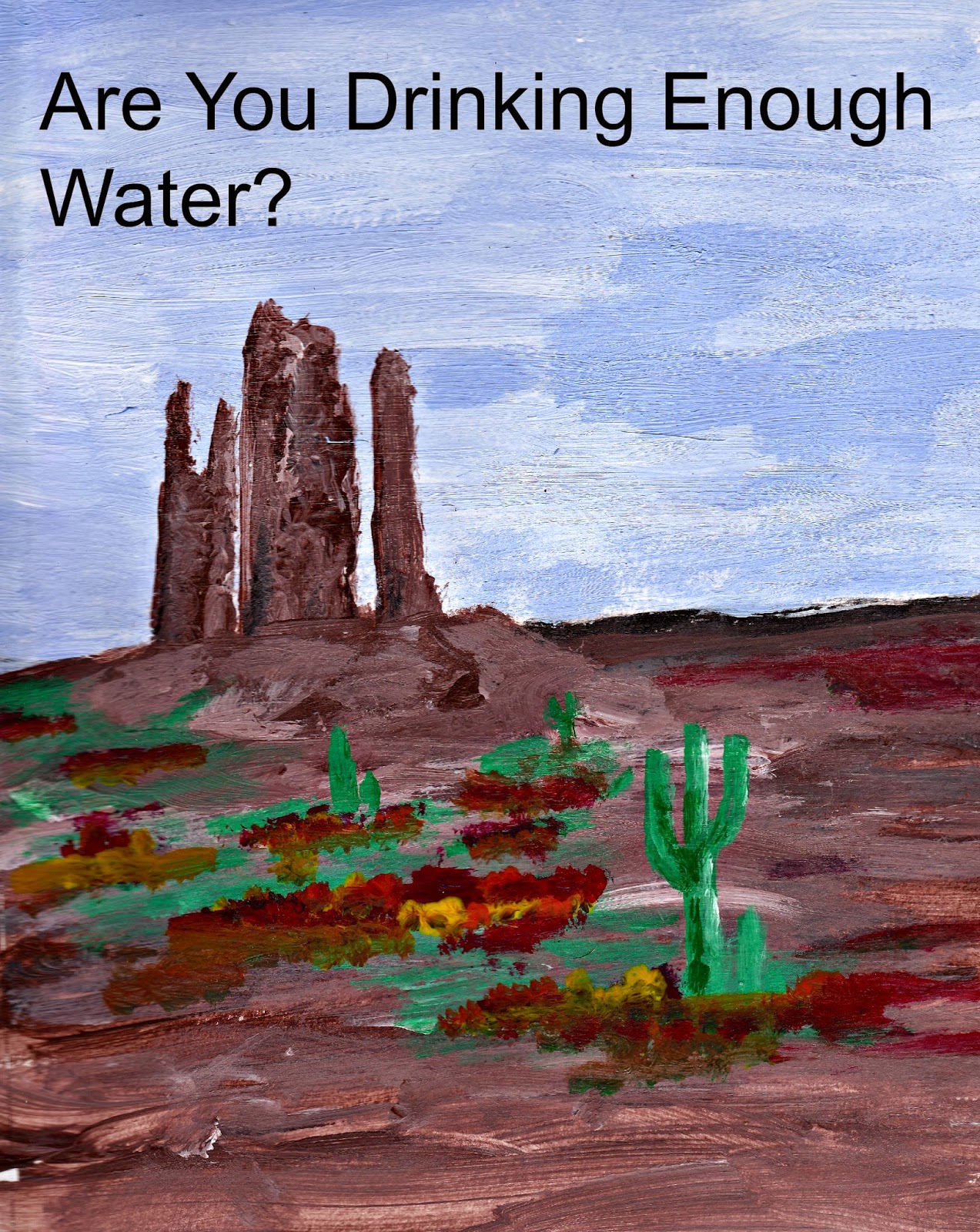Water, the worlds most precious resource is in short supply in San Diego. The prolonged drought has impacted cities and farmers across the region leading to higher costs and loss of crops. As the drought continues each of us has a responsibility to use water more sparingly and make small adjustments that lead to higher conservation rates.
We can all do something that allows us to reduce water consumption. Small savings here and there add up over time and create sustainable patterns of behavior. Most of the water we use and waste is based on habit and is not really related to necessity. There are a few places that are easy for you to make changes that can have a big impact.
-Shorter Showers: Showers are relaxing and we can spend a half hour or more just letting the water run. It is better to have either a shorter shower or shut the water off between wetting and rinsing.
-Fix Faucets and Running Toilets: Even if there is a small leak the gallons will keep on accumulating. Making sure everything runs properly is necessary.
-Buy Bottled Water: Drinking water is a popular purchase. You can consider purchasing healthy bottled water and cut back on your faucets a little. Most imported water is from other places.
-Use Full Laundry and Dish Loads: Laundry Machines and Dishwashers take a lot of water. Making sure that you are maximizing by filling the machines up saves lots of water.
-Upgrade to More Efficient Products: As you upgrade your appliances work on finding water efficient products. Water efficient products will have increasing appeal so don't be afraid to invest in the new model when timing is right.
The blog discusses current affairs and development of national economic and social health through unique idea generation. Consider the blog a type of thought experiment where ideas are generated to be pondered but should never be considered definitive as a final conclusion. It is just a pathway to understanding and one may equally reject as accept ideas as theoretical dribble. New perspectives, new opportunities, for a new generation. “The price of freedom is eternal vigilance.”—Thomas Jefferson
Showing posts with label water. Show all posts
Showing posts with label water. Show all posts
Monday, April 6, 2015
Monday, March 2, 2015
Improving San Diego’s Infrastructure to Reduce Resource Costs
Infrastructure determines how efficiently we can use
resources to encourage economic growth while conserving the environment. Old infrastructure
can put pressure on electricity, housing, water, transportation and business
development. Ensuring that infrastructure improves as the city grows will help
reduce future costs that impact the quality and cost of living locally.
Infrastructure influences the amount of fuel,
electricity, water, road ways, public transportation and other systems used. It
is a basic motherboard that all other things are built upon. The infrastructure
will determine which type of structures will be built and how wide versus large
a city will become. Proper infrastructure impacts just everything within the
city.
As an example, consider how a Stanford study on the
California drought was determined to be human driven and likely to be a regular
visitor (1).
This means that we should expect warmer summers, less rain, and more problems
keeping up with nature’s elements which will raise the cost of living for
everyone. People will need to pay more for resources they are currently using.
For example, spread out housing can use lots of
water to keep laws green and copper wire to keep connected. It will cost more
to get basic utilities in older systems than newer systems. Properly built multi-unit housing can be designed to
make better use of space, natural resources, and aesthetics to improve living
standards at a cheaper cost.
The cost of housing has increased to the point of
putting pressure on wages, families, and commerce itself. As a larger
percentage of income moves toward housing it will soak resources from
restaurants, college savings, clothing, family budgets, etc… Eventually
increased costs will impact other things such as wages or
less disposable income.
Of course there is also public transportation itself
that helps reduce congestion, pollution, roadways, and lifestyle. Getting
additional light rail lines, sectioning off bike paths, and finding alternative
transportation helps improve the functioning of the system. Manhattan provides an example where 82% of people get to work without using a car (Goodspeed, 2006).
Infrastructure is an important aspect of San Diego and any other city that wants to ensure growth in the future. Planning is focusing on today's problems and tomorrows solutions to see if both can be met. There are no simple solutions as changes are slow, large, and long-lasting. Trying to think 20 years down the road can be difficult. Tomorrows problems are rearing their head today.
Goodspeed, B. (2006). It’s not easy being greenest:
10 cities to watch. The Environmental
Magazine, 17 (4).
Sunday, March 1, 2015
How to get ahead in your career on rainy days?
It is raining outside and you might be wondering what to do when the weather is nasty. The forecaster believe that the rain will last until at least Monday night. Whether you are a lover or hater of the rain it does give you some opportunities to get a few things done that may have been sitting on your back plate. Instead of fretting about having limited outdoor access consider a few other alternatives.
You can spend the time with your family, friends or projects but since this is a business oriented blog I think it is beneficial to think about those things that are most helpful to your career. This can be difficult for people who never really thought about what they want to accomplish. Here are a few ideas:
-Pick up a business or career book.
-Set goals and steps for your career.
-Search out new and future opportunities that can expand your career knowledge.
-Shop online for new clothes, office equipment or items you need to research.
-Spend time thinking about what you want out of your life and your career.
-Engage in some work-life projects that help you enjoy your down time.
-Prepare your lunch, clothing, and other times to save time for the week.
-Organize your files, records and other items.
-Take care of your family.
You can spend the time with your family, friends or projects but since this is a business oriented blog I think it is beneficial to think about those things that are most helpful to your career. This can be difficult for people who never really thought about what they want to accomplish. Here are a few ideas:
-Pick up a business or career book.
-Set goals and steps for your career.
-Search out new and future opportunities that can expand your career knowledge.
-Shop online for new clothes, office equipment or items you need to research.
-Spend time thinking about what you want out of your life and your career.
-Engage in some work-life projects that help you enjoy your down time.
-Prepare your lunch, clothing, and other times to save time for the week.
-Organize your files, records and other items.
-Take care of your family.
Sunday, September 14, 2014
Healthy Living: Drinking Water Helps You Lose Weight
Water is the lifeblood of our bodies so it is natural we
should consume enough water to ensure that the 60% of us that is liquid is
adequately supplied. Water apparently has additional benefits that not only
encourage the interactivity of our chemistry but also helps us lose weight. Don’t
jeopardize your fitness plans by ignoring the simple no hassle activity of
drinking water.
A study mentioned on CNN shows that water can help people
lose weight (1). In the study, 48 obese men and women drank two
8 oz. of water before each of their three meals along with a low calorie diet.
Half drank the water before their meals and the other half didn’t. At the
conclusion of the study (3 months) the group that drank the water lost 15.5 pounds
when compared to 11 pounds in the control group.
We know that 4.5 pounds isn’t that much but even a pound a
month for a person in the normal range of weight adds up to 12 pounds a year.
Any extra pounds are more than you would have lost if you didn’t drink more
water. If you are interested in fitness it is just a few extra pounds you didn’t
have to work for.
Drinking water also encourages the chemical compounds in
your body to interact in the way they were designed (2). Before
soda pop, alcoholic drinks, smoothies, and chocolate milk was the idea of plane
old water. All other types of drinks require the body to clean out or use up
the compounds.
Drinking water is a habit that becomes easier the more times
you do it. Most people don’t drink enough water and are chronically dehydrated.
That dehydration constricts your blood vessels and the movement of nutrients within
your body. You also can’t filter the pollutants out of your system as fast as
you can when you are hydrated. Get into the habit and carrying a reusable water
bottle around; especially around eating time.
Friday, June 28, 2013
Could New Water Desalination System Transform Regions?
Inside of the little chip are two channels with an electrode
connected to it. With three volts of electricity it turns the chloride ions
into neutral chlorine which further enhances the electric field. In turn the
ions move down one channel and the fresh water moves down the other. The laws
of physics requires a neutral electromagnetic field which forces ions into a
smaller channel separating it from the main water supply. The end product is
water that can be used for growing or drinking.
According to the United Nations about a third of the
population lives in areas that are already water short. This is expected to
grow to double in about 10 years. As the world suffers from issues such as declining
forest/jungle, water supplies, and habitat it is ideas such as this which
further helps foster a renewable environment. Food without an adequate supply
of water cannot meet the needs of people.
Around 12 years ago I wrote about a new technology for
filtering ocean water and producing electricity. Countries like Saudi Arabia
have implemented those technologies. The new system will be cheaper to build,
run, and manage than previous systems. It requires only a little electricity
and doesn’t require any major filtration systems. This means that capital
investments and additional improvements in the system may someday transform the
planet as we know it.
The doctors have built a start-up company called Okeanos
Technologies based upon the technology listed in the publication in the Journal
Angewandte Chemie. The start-up has research partnerships with a number of
universities to develop the technology for commercial uses. As it has lots of
possibilities and already has interest from both governmental and private stakeholders
its buzz is not yet finished.
Subscribe to:
Posts (Atom)



